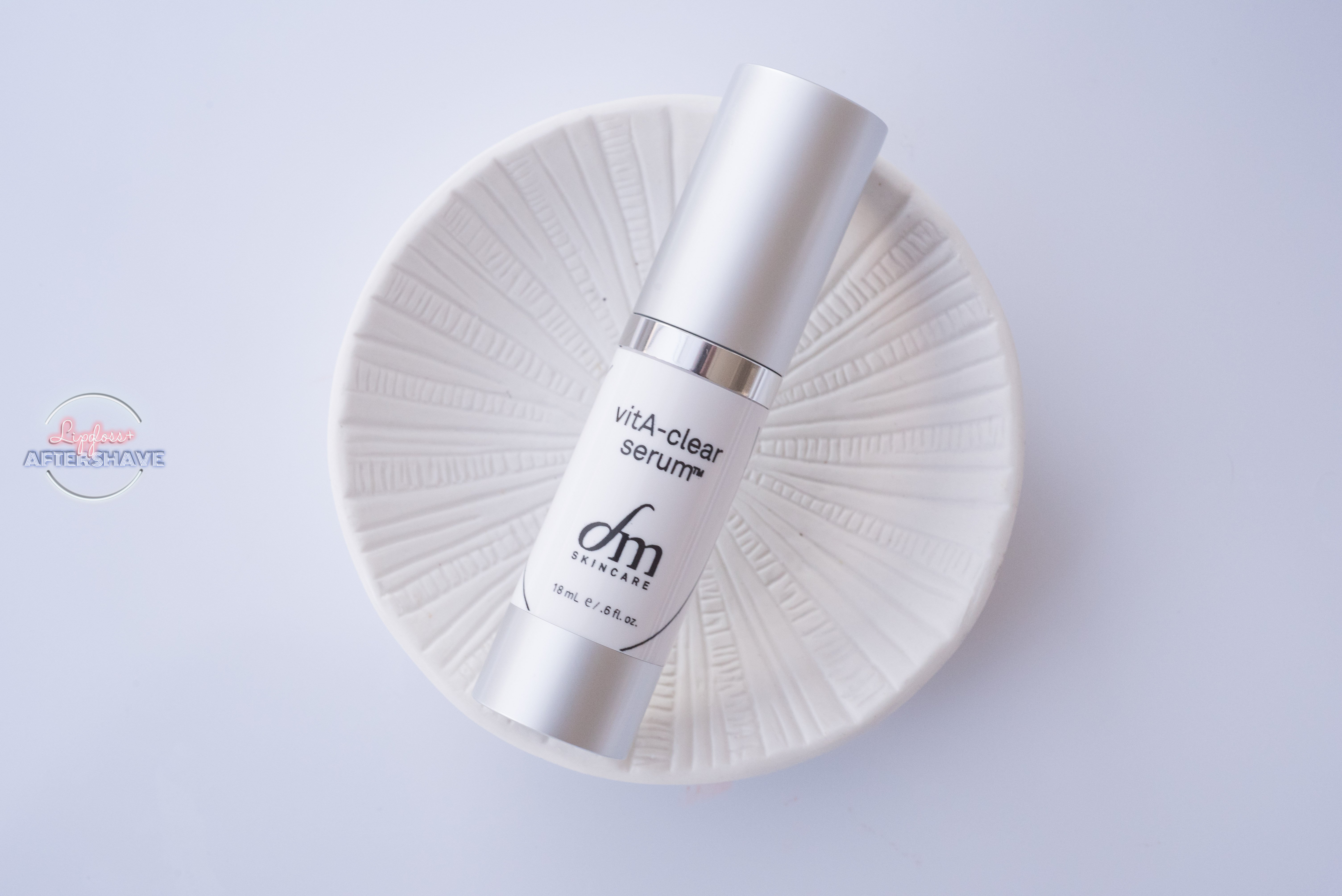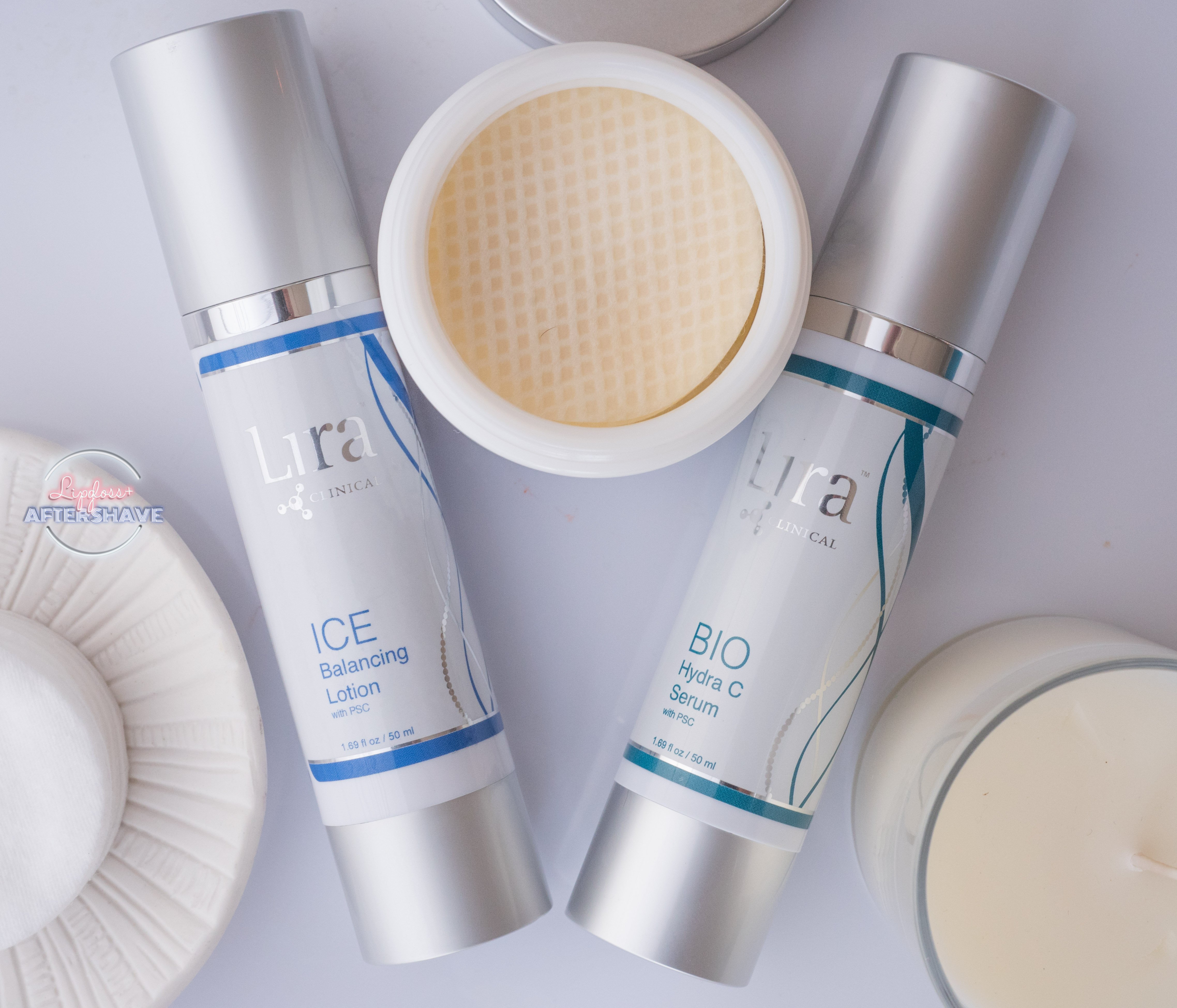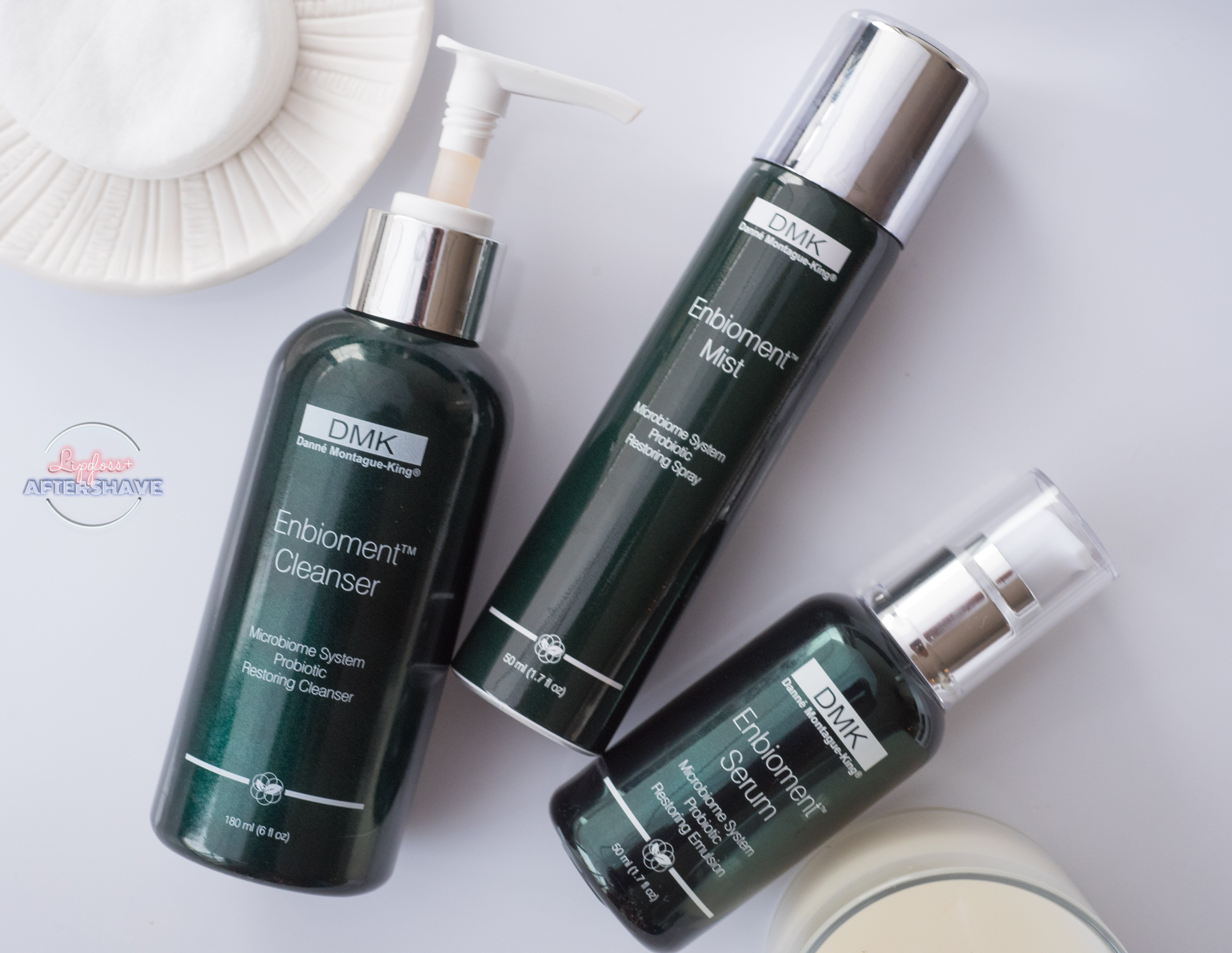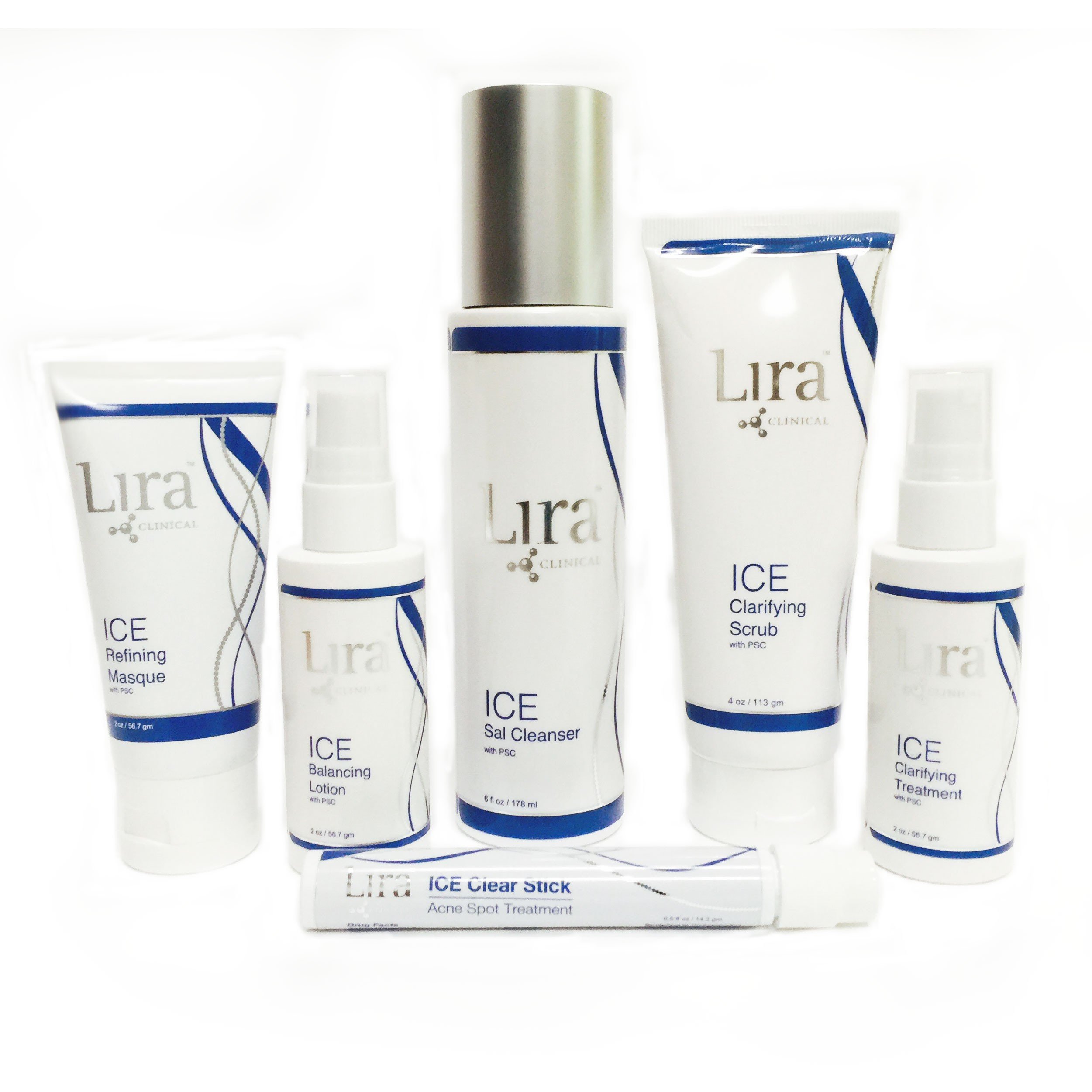Get To Know Probiotic Skin Care
What Are Probiotics?
Probiotic skin care is popping up all over the professional skin care landscape. But why probiotics? What are they? How do they work? Who are they good for? I didn’t know much about probiotics before starting this article.
I did know that there were probiotics in yogurt.
DON’T LAUGH: Mainly because of the Jamie Lee Curtris Activa Commercial. I put that info together with the common response to taking antibiotics; everyone always says “Eat yogurt, to replenish the good bacteria.”
Probiotic Skin Care Q+A
I am a firm believer in not re-inventing the wheel. Rather than dig into a ton of research to findout the answers to my probiotic skin care questions, I decided to just go to the experts. I reached out to nutritionists, product formulators and brand developers and asked them about probiotics. One amazng benefit of knowing so many leaders in the industry, is that I know men and women who are a combination of all three!
Join me as I get to know probiotic skin care and gain a deeper understanding of how it benefits the skin.
What are probiotics are and why are they good for the body?
Probiotics are live bacteria. Probiotic means “for life”. They can be taken as a supplements (either in a pill/capsule form), from fortified foods, or are naturally occurring in certain fermented foods. Our skin is covered with colonies of bacteria that are part of our immune system. When we over-strip our skin by applying harsh chemicals or using anti-bacterial soaps, we kill off the good and bad bacteria and open ourselves up to infections and inflammatory skin conditions. The name for this very complex ecosystem of bacteria is called the microbiome.
How do probiotics impact the skin?
Most skincare companies use fermented lactobacillus There are ingredients such as Olive Leaf and Radish Root, that have been fermented with lactobacillus. Each ingredient that has been fermented with lactobacillus offer unique benefits along with probiotic benefits.
Olive Leaf offers antioxidant, antifungal along with probiotic benefits.
Radish Root reduces sebum production, delivers brightening benefits, adds hydration along with probiotic benefits.
The benefits of using topical probiotic products include decreasing skin sensitivity, reducing redness and irritation (anti-inflammatory), along with aiding skin in overcompensating for decreased epidermal water loss or an overactive sebaceous gland. Balancing the skin microbiome along with preventing unwanted microorganisms from creating skin inflammation that lead to acne, pigmentation and aging becomes a vital component in professional skincare.
Probiotic Skin Care: The More You Know
Ok, so probiotics are live bacteria that live in colonies on the skin in an environment known as a microbiome. Our experts have helped us understand that having a healthy microbiome keeps the surface of the skin healthy. We also know that the surface of the skin is where we find the lipid barrier. When this lipid barrier is not in balance, we know that the skin experiences trans epidermal water loss, which causes all types of skin issues. We know that probiotics help to balance the lipid barrier!
But that only gave me more questions!
Is there a skin type/condition that should avoid probiotic skin care?
This is great question and the good news is that probiotic skincare works well for everyone! Many common skin concerns (such as acne, dryness, redness, sensitivities, premature aging) actually stem from a depletion of naturally occurring bacteria (or flora) in the skin’s microbiome. This depletion is primarily caused by UV exposure, soaps that foam and strip the skin and harsh products that cause excessive dryness and disrupt the skins barrier function.
Probiotics, and in particular, live probiotics, help alleviate many of these common skin concerns by fortifying the skin’s flora so it can fight back and better repair itself. When the skin’s microbiome if healthy and functionally optimally, the skin thrives.
Probiotic Skin Care Answers From My Skin Care Idol
Honestly, I decided to write this article after speaking at the World Of Confidence Conference presented by DMK International. I sat through Danné Montague-King’s presentation on his newly launched Enbioment™ System, which is a 3 product system of home prescriptives. When I saw Danné deviate from the core DMK Systems to add a probiotic system, I knew there had to be something to probiotic skin care and I kind of knew it had something to do with overall barrier function, because that’s the daily jam at DMK!
Because of this, I went to Danné with a few questions that would help us understand even more about probiotics skin care’s effects on different skin conditions, types, etc.
Are Probiotics live microbes? If yes, how is it that they don’t contaminate a product?
The spores must be live to do this-anything else is fake news. No contamination in as much as we use only good, commensal bacteria.
Are probiotics safe on those undergoing chemotherapy for cancer treatment?
We have not tested Enbioment™ on patients from radiation burns from certain types of chemotherapy. But patients undergoing internal chemotherapy would be fine— they may even receive benefits from a biofilm that restores homeostasis. Enbioment™ is a biofilm “net” that is not systemic.
Are probiotics safe for Fitzpatrick 4, 5, 6?
Color or Pigmentation has nothing to do with topical probiotics. It is not a treatment system—it is a natural state of skin commencing from birth and through a lifetime.
How long does it take for probiotics to be effective on the skin?
Within minutes—almost immediately. Bacteriology is a massive and wonderful science much misunderstood by people brought up in a society of “anti-bacterial everything”
A Review Of Probiotic Skin Care Enbioment
Our Guest Blogger, Richard Maher, who wrote our April Advice From Our Experts Column, What Is Rosacea, did an Instagram post where he outlined his thoughts on the DMK probiotic skin care system – Enbioment.
You can see his thoughts in the Instagram post.
Exfoliating Probiotic Skin Care
Peels baby! We love them! We love them for hyperpigmenation! We love them for fine lines and wrinkles! We love them for acne! But as a basic chemical equation, peels are an acid that has a pH that’s lower than the 5-ish pH that we want for ideal balance on the skin’s surface. This is essentially disrupting the acid mantle of the skin. What I think is so smart is when brands combine probiotics with exfoliating products to help the skin come back into balance.
vita-Clear by dmSkincare
A unique ester form of vitamin A found in the Granactive Retinoid Fluid® converts to tretinoic acid in the cells providing all the benefits of vitamin A gently. Retinol and retinyl palmitate round out this triple action vitamin A serum contributing strong antioxidant properties. This formula contains a healthy bacteria support system consisting of probiotic lactobacillus ferment and prebiotic inulin. This skin probiotic technology is added to help strengthen the skin’s barrier and encourage beneficial skin bacteria to flourish and crowd out blemish causing bacteria.
PRO Anti-Aging Pads by Lira Clinical
- Exfoliating: Seven different anti-aging and brightening acids are combined including glycolic, lactic, salicylic and kojic. Lira’s Healing Peptide Delivery System increases barrier protection as it delivers exfoliation with less inflammation.
- Brightening: Hexylresorcinol along with various botanicals like mulberry, licorice, bearberry and Halidrys Siliquosa provide luminous skin brightening.
- Rejuvenating: The health of the skin is enhanced with microbiome balancing probiotics and natural antioxidants for a beautiful finish.
Probiotic Skin Care Systems
Probiotics as a segment of the skin care industry continue to grow. There are brands whose entire concept is probiotics. There are brands who have dedicated systems that focus on probiotics and there are also brands who included probiotics in complete collections. Here’s a step by step account as to how I became exposed to probiotics.
LaFlore Probiotic Skincare
Why Probiotic Skincare? ”The American Academy of Dermatology have dubbed probiotics as the new beauty breakthrough, optimizing skin’s natural barrier function as well as addressing acne and rosacea.”
I met LaFlore in New York City in March 2020 at American Spa’s Women in Wellness and got to try their products. This 3 step probiotic skin care system starts with a yummy Spearmint Cleanser!
Enbioment™ System – DMK International
The Enbioment™ system was created for people suffering from various dermatological disorders due to imbalance or a deficit in the skin’s microbiome. Individuals suffering from eczema, rosacea, skin fungus, psoriasis or atopic dermatitis are prime candidates for using Enbioment™ because these conditions are commonly associated with an imbalance in the skin’s microbiome.
I found this system in Las Vegas in June at the World Of Confidence Conference and just knew that probiotics has to be the way to go if Danné was creating a system!
ICE Line – Lira Clinical
CLEAR & EXFOLIATE acneic and oily skin. All ICE products are anti-inflammatory, clam active breakouts and balance oil production. The probiotic in the ICE line is an Enhanced (cultured) Topical Probiotic, that has optimized the molecular constituents by incorporating naturally derived lipo-oligopeptide.
I’ve known Lira for years and it was through a long conversation with Francine this summer where I learned that Lira uses probiotics extensively in their ICE line.
So over the past year, I’ve learned a lot about probiotics. They are an amazing ingredient that can help many different skin disorders. Probiotics can also help to restore balance after exfoliation. No matter what you have going on with your skin, probiotics seem to be a viable solution. This segment of the industry is just getting started and we’re so excited to see where it’s going.





